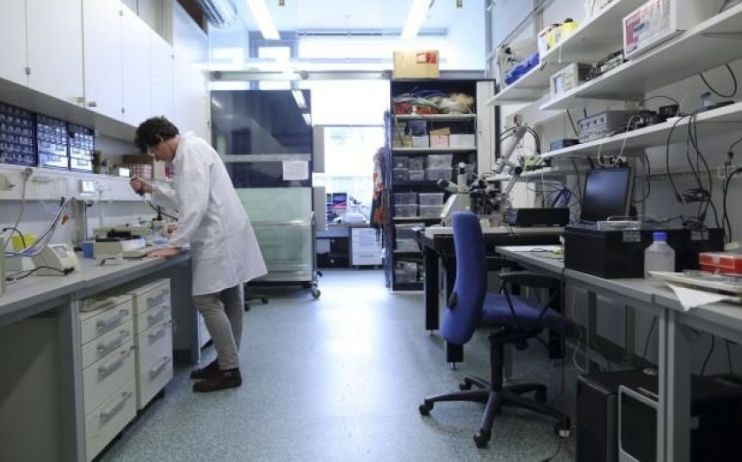Life Science REIT slashes dividend after value of portfolio sinks

Life Sciences REIT has halved its dividend for 2023 after the value of its portfolio fell considerably.
The real estate investment trust, which invests in UK properties that are leased to tenants operating in the life science sector, has fallen 3.5 per cent on the news.
The real estate investment trust’s annual results revealed the value of its property portfolio had fallen 7.1 percent throughout the year to £382.3m, directly in opposition to its plan of capital growth.
It credited this primarily to high-interest rates, along with economic uncertainty and occupiers postponing their rental decisions.
Amid this backdrop, management made the “difficult decision” to rebase the dividend to ensure it was covered by earnings and could grow sustainably, the trust said.
The trust cut its payout from 4p per share per year to 2p per share.
Listing in November 2021, the trust entered the market at the worst time for real estate investment trusts, as high interest rates and a lack of interest in trusts as a whole hit the sector. It is down 58.8 per cent since launch.
The results were “a disappointing development” for Life Science REIT, said Winterflood head of investment trust research Emma Bird, which Liberum analysts agreed with, though said it was ultimately sensible.
“We would rather see companies pay fully covered dividends that grow in line with earnings, rather than unsustainably high distributions,” they said.
Since the trust’s annual dividend target had been uncovered since the IPO, Bird said she found it “prudent that the rate has been reduced to a more sustainable level.” However, given the extent of the cut and the fact that it is still not fully covered by earnings, this is unlikely to entirely comfort shareholders.
The new dividend rate reflects a prospective yield of 4.6 per cent, “which is not particularly attractive relative to a number of its property investment trust peers”, she added.
However, Liberum analysts said the steep discount of the trust, which is currently 49 per cent, meant that it represented “good value”, given that its property values are at (or very close to) their bottom.